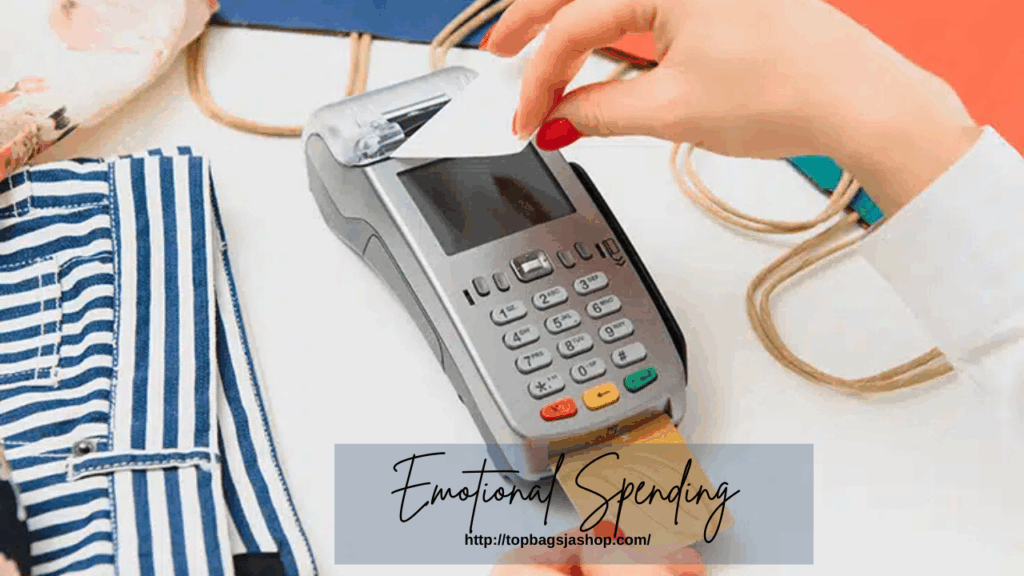
For many people, shopping feels like a way to unwind after a difficult day. Buying something new can bring a quick sense of excitement and control. This practice, often called retail therapy, is widely accepted as harmless self-care. But while retail therapy may seem comforting in the moment, it can carry hidden costs that affect emotional well-being, financial health, and even recovery.
For individuals facing addiction or mental health challenges, turning to shopping as a coping strategy can create more stress than relief. Understanding how retail therapy impacts mental health is an important step toward breaking unhealthy patterns and replacing them with healthier, more sustainable coping strategies.
What Makes Retail Therapy So Tempting?
When someone makes a purchase, the brain releases dopamine, a chemical linked to pleasure and reward. This creates a temporary mood boost, which is why shopping can feel comforting during times of stress or sadness. Unfortunately, this boost is short-lived. Once it fades, the original emotions remain, often with added feelings of regret or guilt.
In recovery, the risk is even greater. Shopping may begin to function as a substitute behavior, masking underlying emotions instead of addressing them. Over time, this cycle can become another barrier to healing.
The Hidden Emotional Costs
1. Increased Anxiety
While buying something new may temporarily relieve stress, it often leads to worry afterward. Thoughts about overspending, maxed-out credit cards, or buyer’s remorse can heighten anxiety and create a cycle of emotional distress.
2. Guilt and Shame
Many people who use shopping as a coping mechanism report feeling guilty afterward. The guilt comes not just from financial consequences, but from knowing the purchase did not truly solve the problem. This can reinforce feelings of low self-worth.
3. Avoidance of Root Issues
Retail therapy provides distraction rather than resolution. It delays addressing deeper issues such as trauma, grief, loneliness, or depression. This avoidance can slow down recovery and keep individuals stuck in unhealthy cycles.
The Financial Consequences That Fuel Mental Strain
Financial stress is one of the most common outcomes of retail therapy. Small purchases can add up quickly, and debt can spiral into overwhelming levels. Struggling to pay bills or facing financial instability only adds pressure, increasing stress and deepening emotional pain. For someone already dealing with addiction or mental health challenges, financial strain can feel unbearable and further complicate the path to recovery.
Healthier Alternatives for Emotional Relief
Healing requires practices that nurture the mind, body, and spirit. Instead of relying on retail therapy, individuals can benefit from outlets that provide lasting emotional relief.
Mindfulness and Journaling
Reflecting on emotions through meditation or writing helps build awareness and encourages healthier responses to stress.
Physical Activity
Walking, stretching, or yoga helps regulate mood by releasing endorphins. Even gentle movement can ease tension and provide clarity.
Creative Outlets
Art, music, or other forms of creativity channel emotions into meaningful expression and accomplishment.
Faith-Based and Holistic Practices
Prayer, spiritual study, or holistic care can offer grounding, hope, and perspective during difficult times.
Professional Support
Inpatient and outpatient programs provide structured guidance and individualized care. With professional support, individuals can learn healthier coping strategies and uncover the root causes of emotional distress.
Choosing Healing Over Retail Therapy
Retail therapy may look like an easy escape, but its hidden costs often outweigh the temporary comfort it brings. Shopping to manage emotions can increase anxiety, guilt, and financial strain while keeping deeper issues unresolved. Healthier alternatives, rooted in holistic healing and individualized care, provide true relief and lasting balance.
If you or someone you love is struggling with emotional spending, addiction, or mental health challenges, compassionate help is available. Reaching out today can be the first step toward escaping the cycle of retail therapy and building a path toward lasting wellness.

